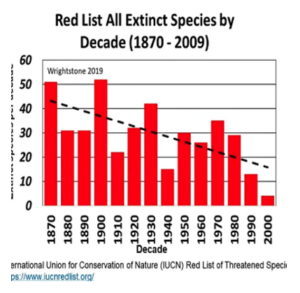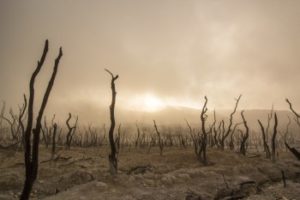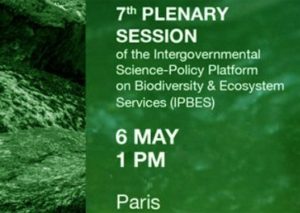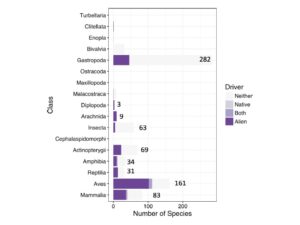by A. Watts, Dec 2, 2025 in WUWT
From the University of Arizona and the “Emily Litella er, Greta Thunberg School of Climate Attribution” comes this breath of fresh air. BTW, Willis was right.
Extinction rates have slowed across many plant and animal groups, study shows
Prominent research studies have suggested that our planet is currently experiencing another mass extinction, based on extrapolating extinctions from the past 500 years into the future and the idea that extinction rates are rapidly accelerating.
A new study by Kristen Saban and John Wiens with the University of Arizona Department of Ecology and Evolutionary Biology, however, revealed that over the last 500 years extinctions in plants, arthropods and land vertebrates peaked about 100 years ago and have declined since then. Furthermore, the researchers found that the past extinctions underlying these forecasts were mostly caused by invasive species on islands and are not the most important current threat, which is the destruction of natural habitats.
The paper argues that claims of a current mass extinction may rest on shaky assumptions when projecting data from past extinctions into the future, ignoring differences in factors driving extinctions in the past, the present and the future. Published in the journal Proceedings of the Royal Society of London, the paper is the first study to analyze rates, patterns and causes of recent extinctions across plant and animal species.
For their study, Saban and Wiens analyzed rates and patterns of recent extinctions, specifically across 912 species of plants and animals that went extinct over the past 500 years. All in all, data from almost 2 million species were included in the analysis.
“We discovered that the causes of those recent extinctions were very different from the threats species are currently facing,” said Wiens, professor of ecology and evolutionary biology. “This makes it problematic to extrapolate these past extinction patterns into the future, because the drivers are rapidly changing, particularly with respect to habitat loss and climate change.”
…








